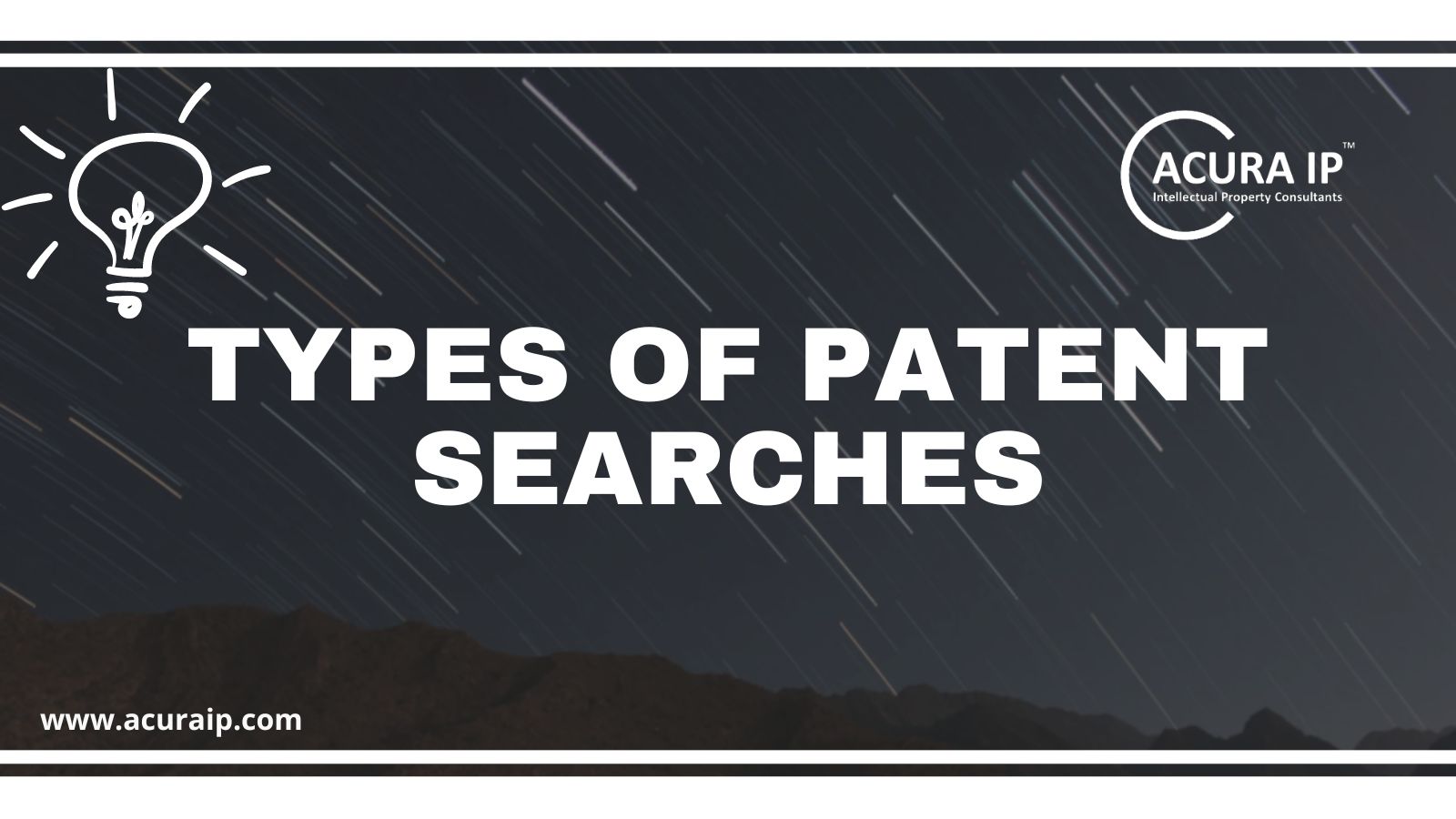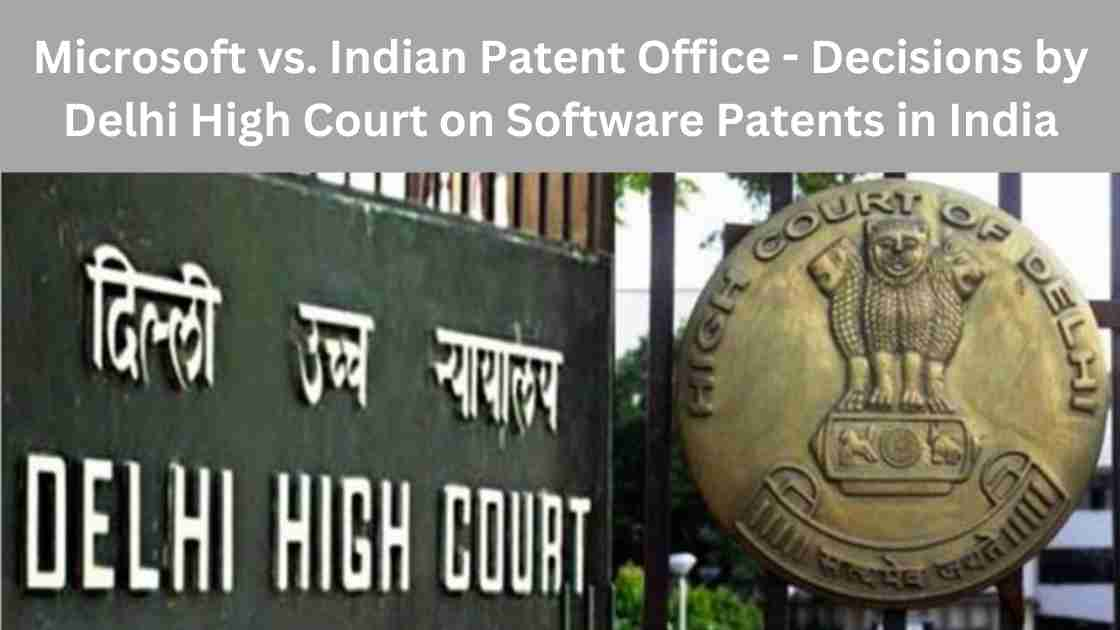
Patent Publications vs Scientific Journal Publications: Understanding the Key Differences
Patent publications and scientific journal publications are two types of documents used to disseminate information about new inventions and scientific discoveries. While both publications serve a similar purpose of sharing knowledge, there are several differences between them in terms of their audience, format, and legal status. In this article, we will explore the differences between patent publications and scientific journal publications.
Patent Publications
A patent is a legal document that grants an inventor the exclusive right to manufacture, use, or sell an invention for a limited period. Patent publications are documents that describe an invention and its related claims. They are filed with the relevant patent office and published in a publicly accessible database. The purpose of patent publications is to provide a detailed description of an invention and its intended use, enabling the public to understand how the invention works and how it differs from existing technology.
Audience
The primary audience for patent publications is the patent examiner as well as the general public. The patent examiner is responsible for evaluating the patent application to determine if the invention meets the criteria for patentability. The patent examiner is typically a specialist in the relevant field of technology and is trained to identify prior art, which refers to existing knowledge that may be relevant to the invention. Patent publications are written in a technical language that is specific to the field of technology and may contain complex diagrams and equations.
Format
Patent publications have a standardized format that includes several sections, such as a title, abstract, description, claims, and drawings. The description section provides a detailed explanation of the invention, including its features, advantages, and operation. The claims section defines the legal scope of the invention and sets out the specific elements that make up the invention. The drawings section provides visual representations of the invention, which can be used to clarify the description and claims.
Legal Status
A patent specification is a legal document that provides the inventor with exclusive rights to the invention for a limited period (provided a patent grant is obtained). The length of the patent term varies depending on the jurisdiction, but typically lasts for 20 years from the date of filing. During this period, the inventor has the right to prevent others from making, using, or selling the invention without their permission. After the patent term expires, the invention becomes part of the public domain and can be used by anyone.
Scientific Journal Publications
Scientific journal publications are documents that report the results of scientific research. They are written by scientists and researchers in the relevant field of study and are intended to disseminate new knowledge to the scientific community. Journal publications typically go through a peer-review process, in which the article is reviewed by other experts in the field before it is published. The purpose of scientific journal publications is to advance scientific knowledge and provide a basis for further research.
Audience
The primary audience for scientific journal publications is other scientists and researchers in the same field of study. Journal publications are written in a language that is accessible to experts in the field but may be difficult for non-experts to understand. The purpose of scientific journal publications is to provide a detailed account of the research methods, results, and conclusions, enabling other scientists to evaluate and build upon the findings.
Format
Scientific journal publications have a standardized format that includes several sections, such as an abstract, introduction, methods, results, discussion, and references. The abstract provides a brief summary of the research question, methods, and results. The introduction sets out the context and background of the research, while the methods section describes the research design and methodology. The results section presents the findings of the research, and the discussion section provides an interpretation of the results and their implications.
Legal Status
Scientific journal publications are not legal documents and do not provide the author with any legal rights to the research findings. However, they are protected by copyright law, which means that the author has the exclusive right to reproduce and distribute the article.
Conclusion
In conclusion, patent publications and scientific journal publications serve different purposes and audiences. Patent publications are legal documents that provide inventors with exclusive rights to their inventions for a limited period, while scientific journal publications report on the results of scientific research and are intended to advance scientific knowledge. Both types of publications have a standardized format and language that is specific to their audience, and both are important for disseminating new knowledge and promoting innovation. Understanding the differences between patent publications and scientific journal publications is essential for inventors and researchers alike, as it enables them to choose the appropriate publication format for their work and communicate their findings effectively to their intended audience.

Recent FAQs Published by the Indian Patent Office on Form 27
The Indian Patent Office recently released a comprehensive FAQ document…

A Comprehensive Guide to Patent Searches: Types, Examples, and When to Use Them
Patent searches are a crucial aspect of the patenting process.…

Microsoft vs. Indian Patent Office – Decisions by Delhi High Court on Software Patents in India
The part of this series focuses on the…

Case in Point: Sun Pharma Ltd vs. DWD Pharma Ltd
Case in Point is a new series where…
Categories
Recent Discussions
Recent FAQs Published by the Indian Patent Office on Form 27
The Indian Patent Office recently released a comprehensive FAQ document regarding Form 27, aimed at clarifying the requirements and procedures for patentees and…
Recent Discussions
A Comprehensive Guide to Patent Searches: Types, Examples, and When to Use Them
Patent searches are a crucial aspect of the patenting process. Whether you're an inventor, entrepreneur, or a legal professional, understanding the different types…


